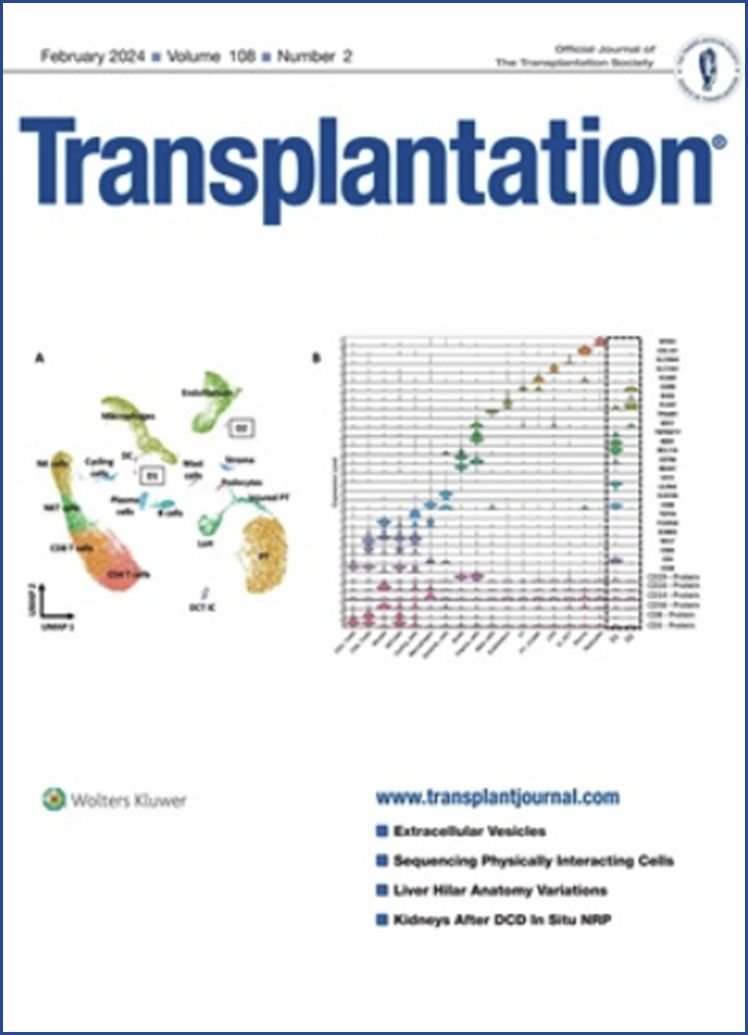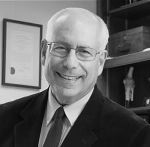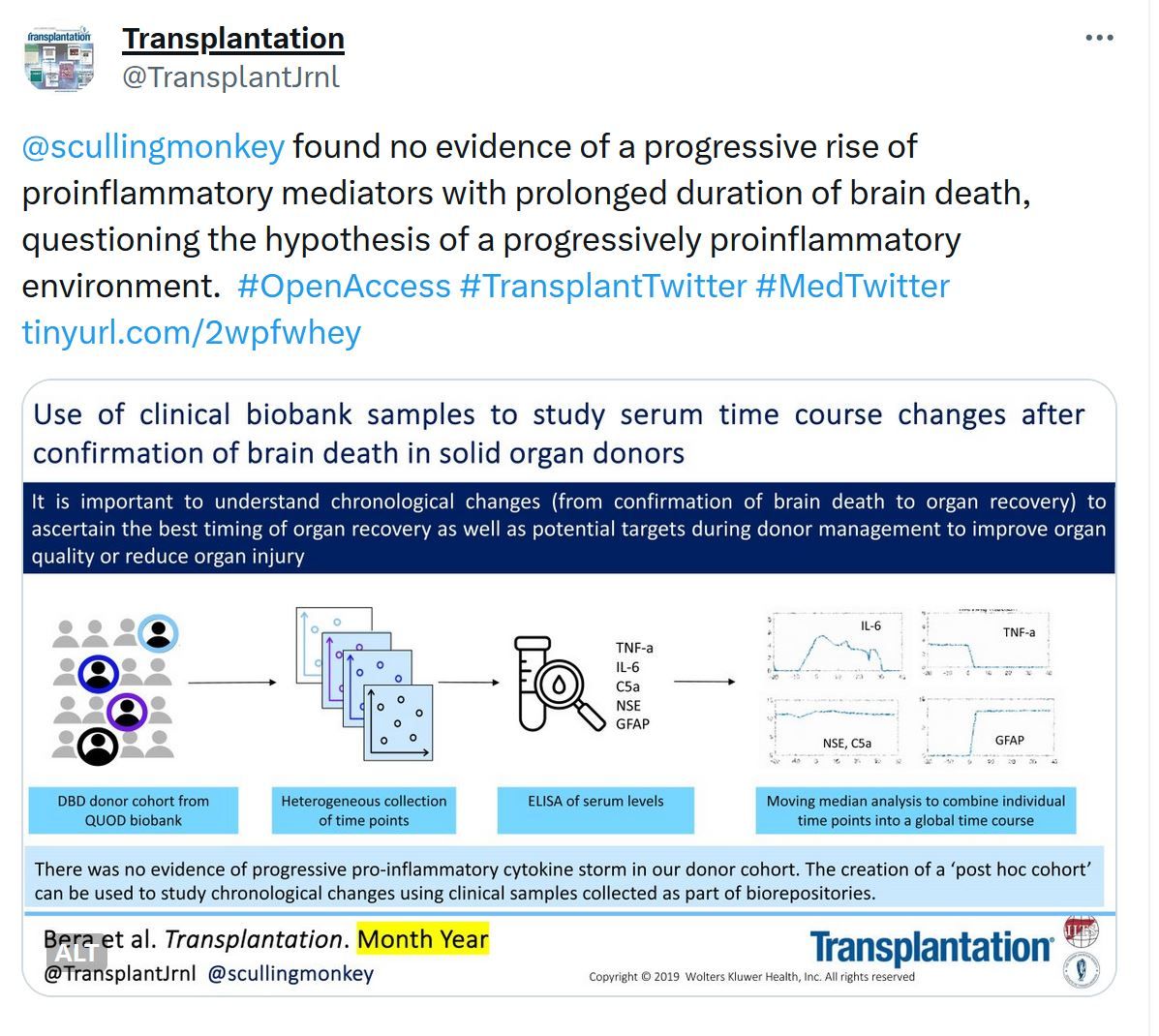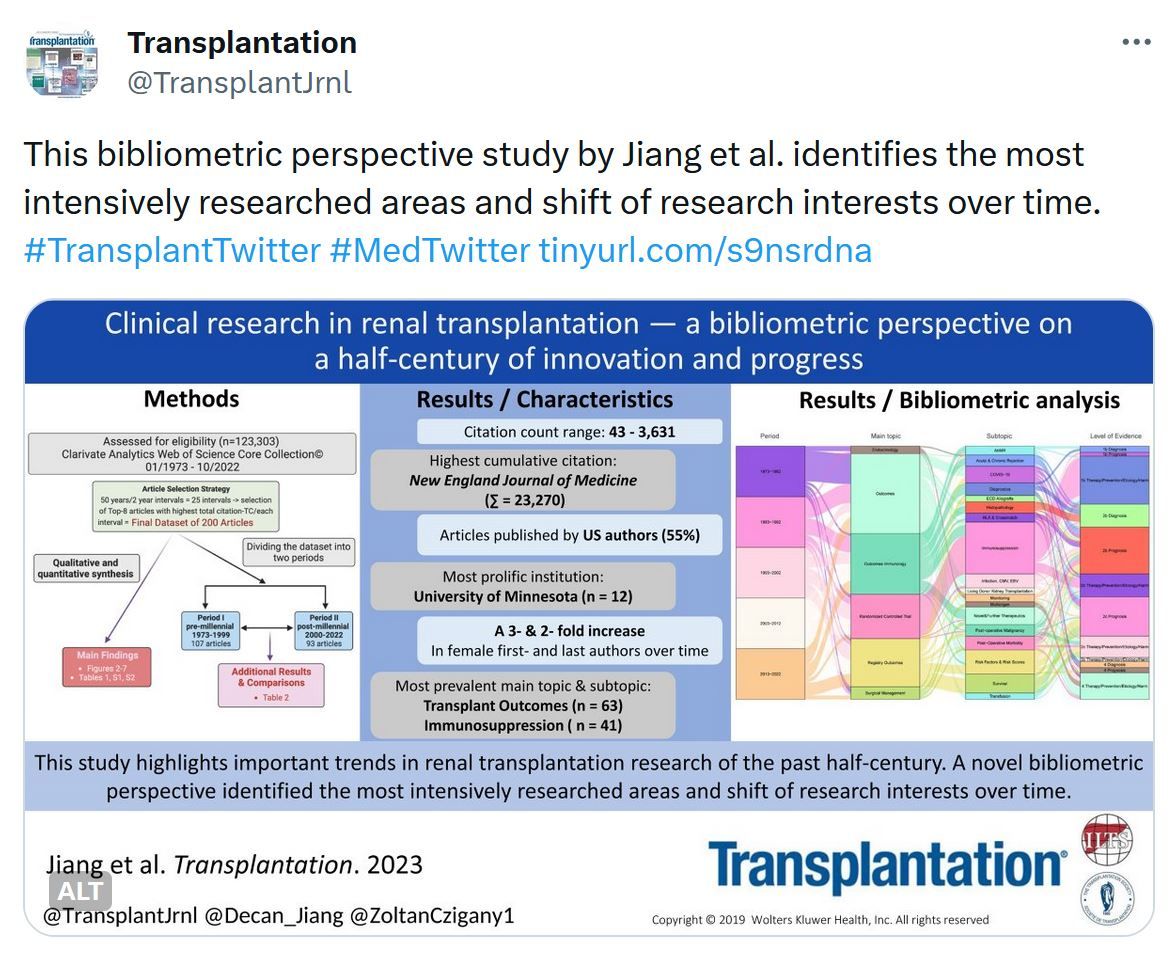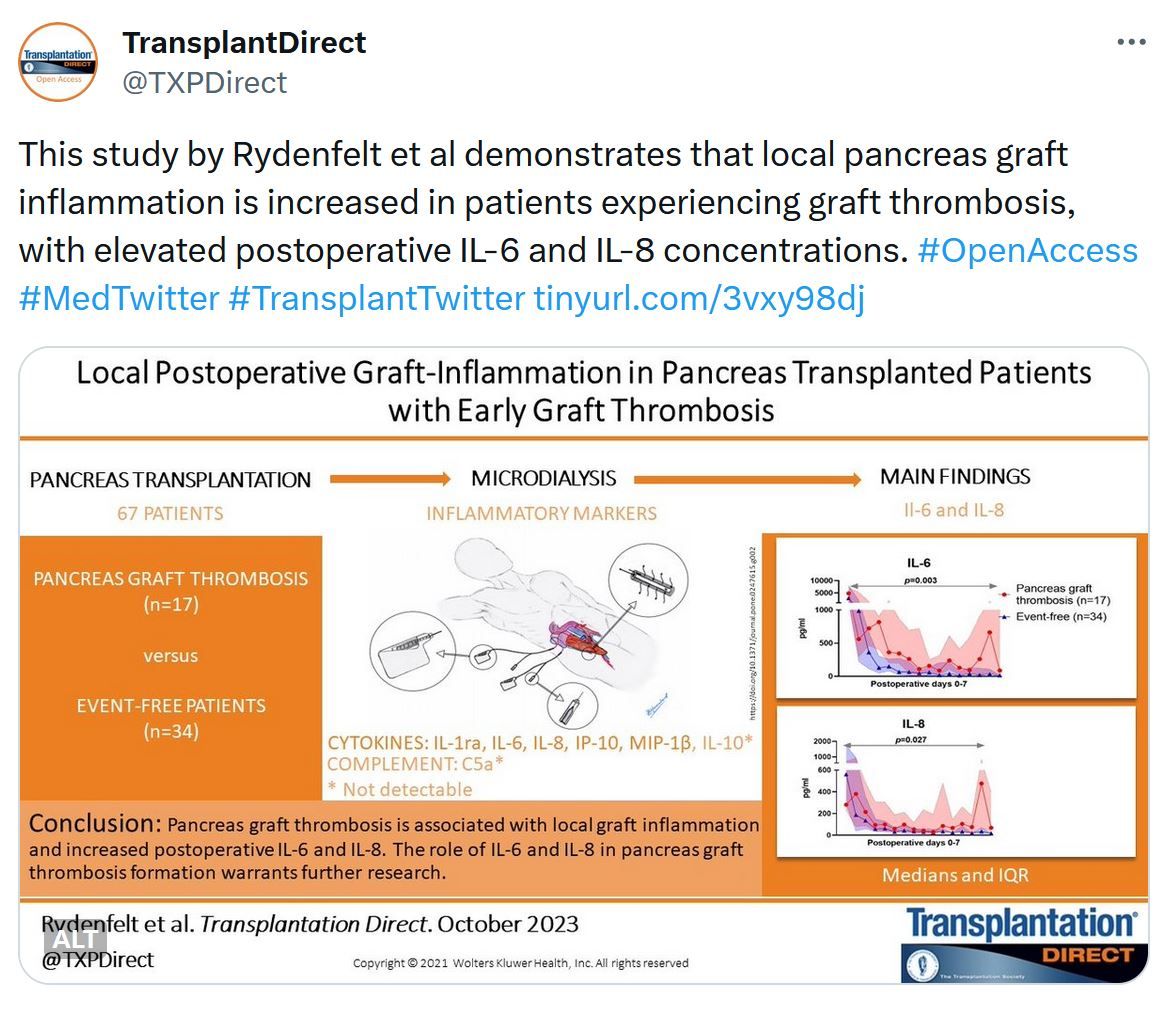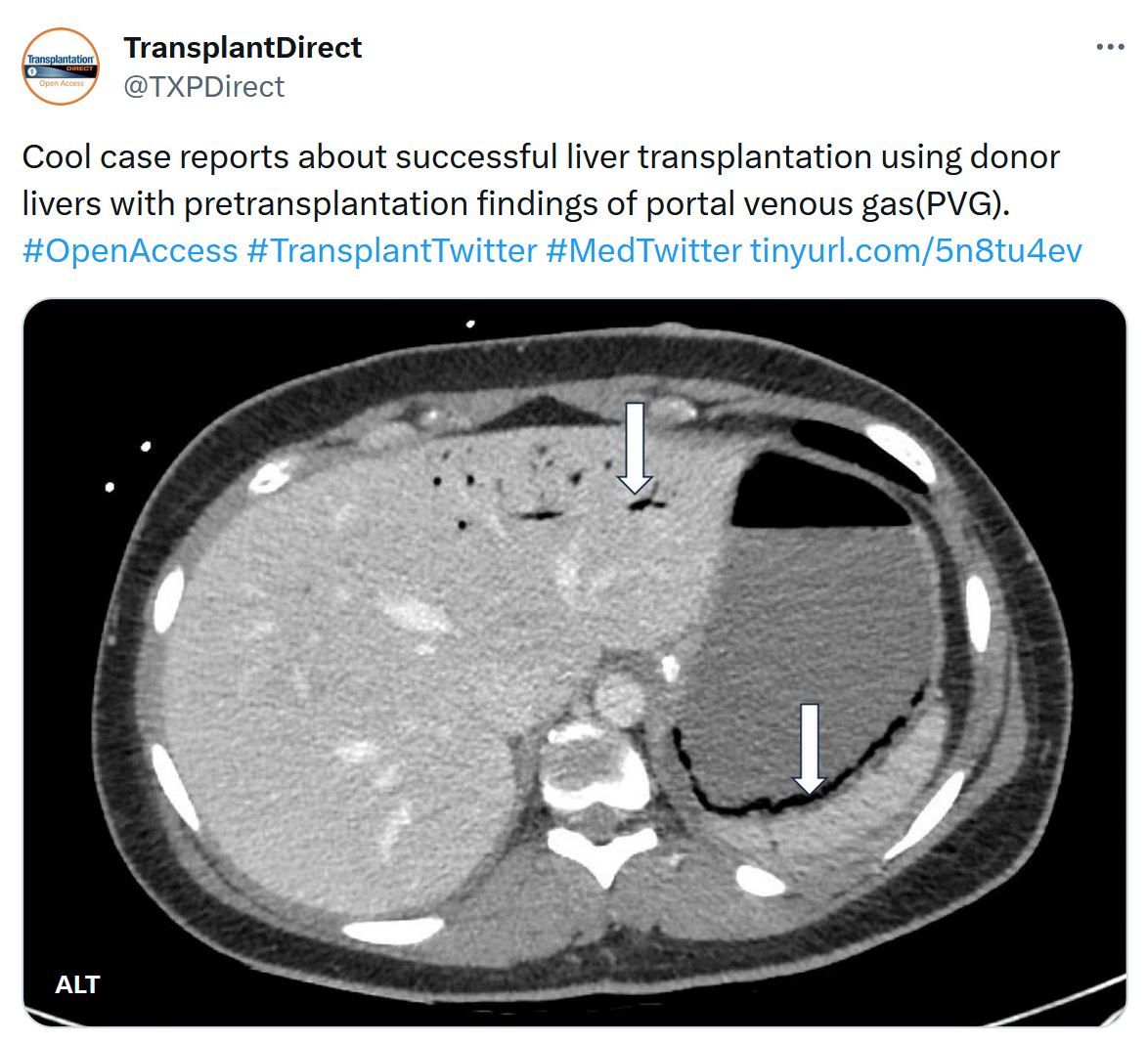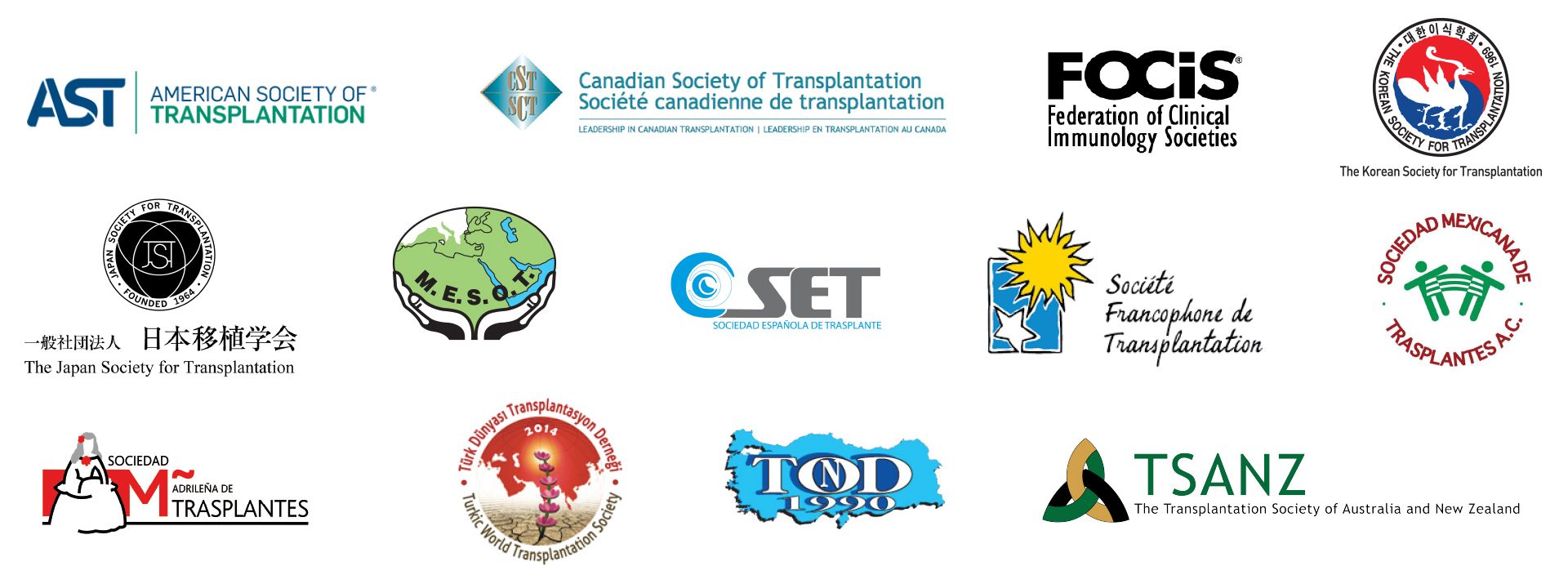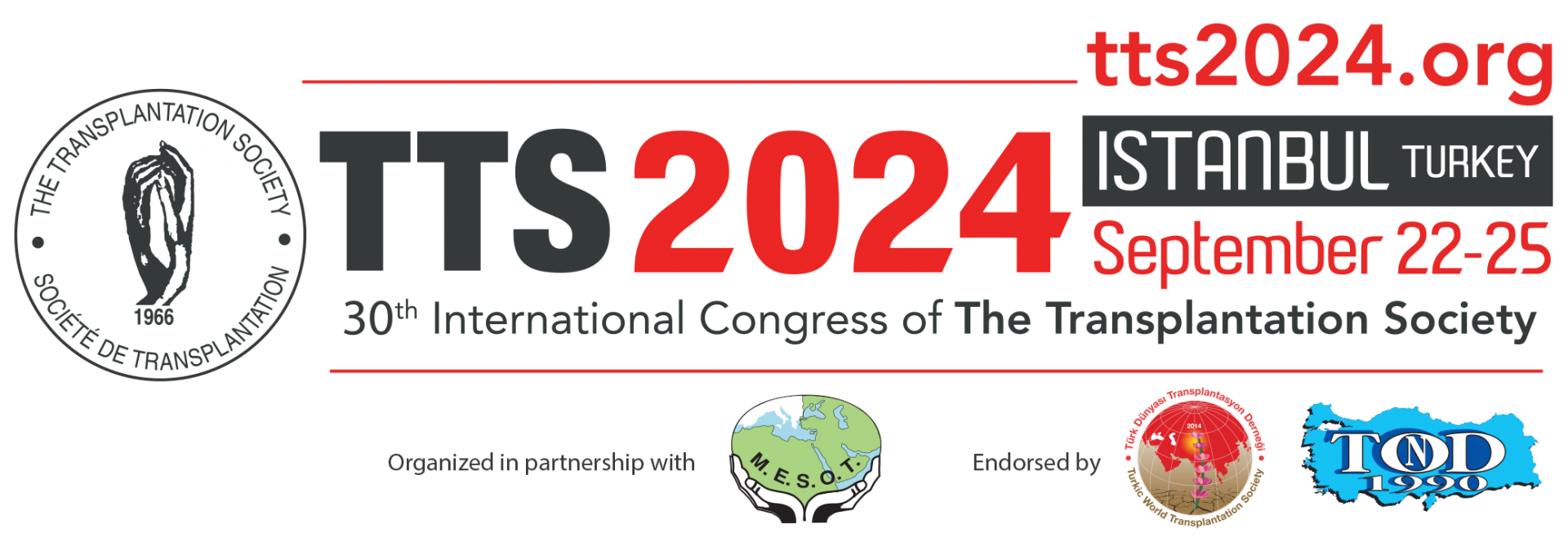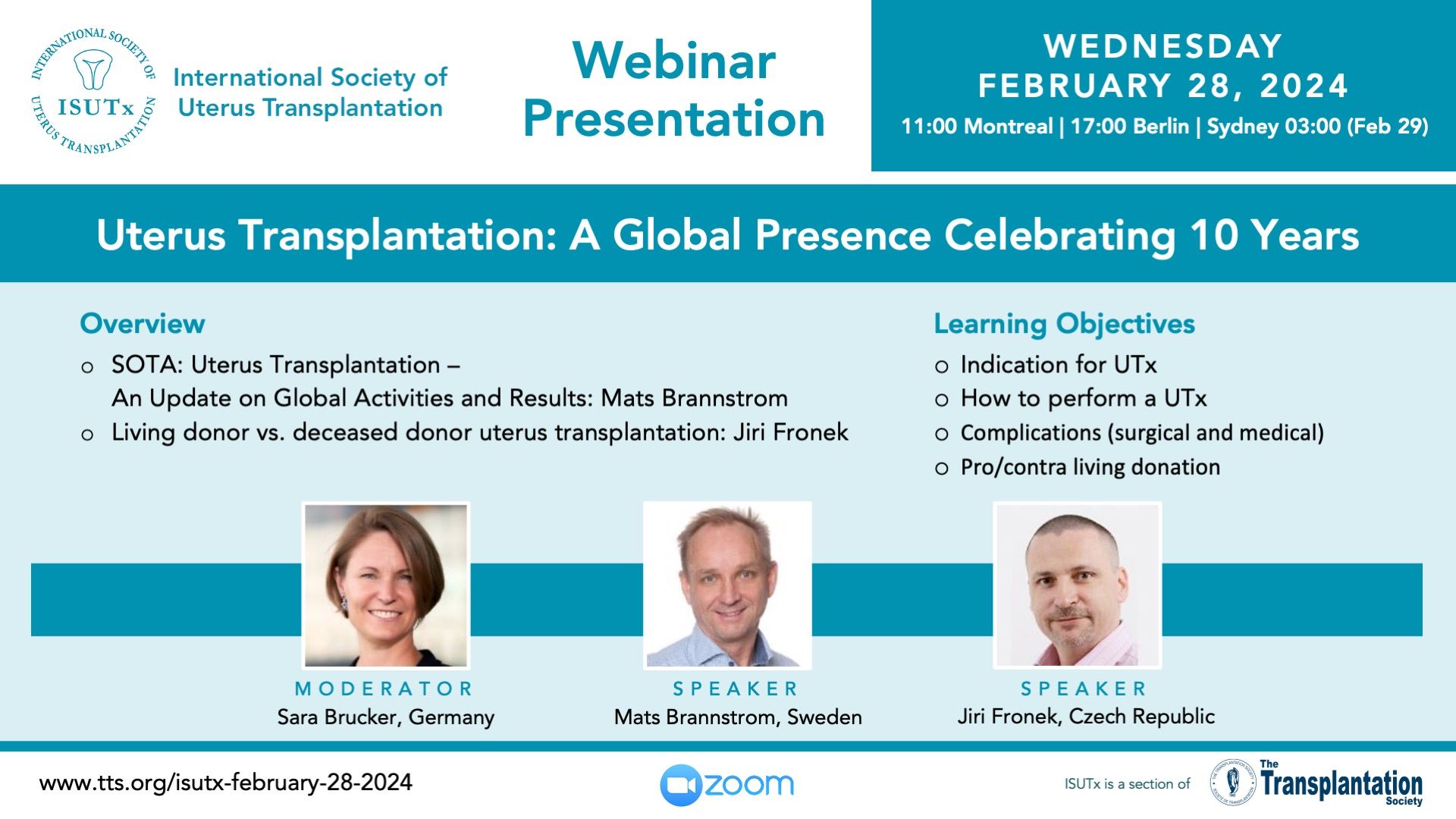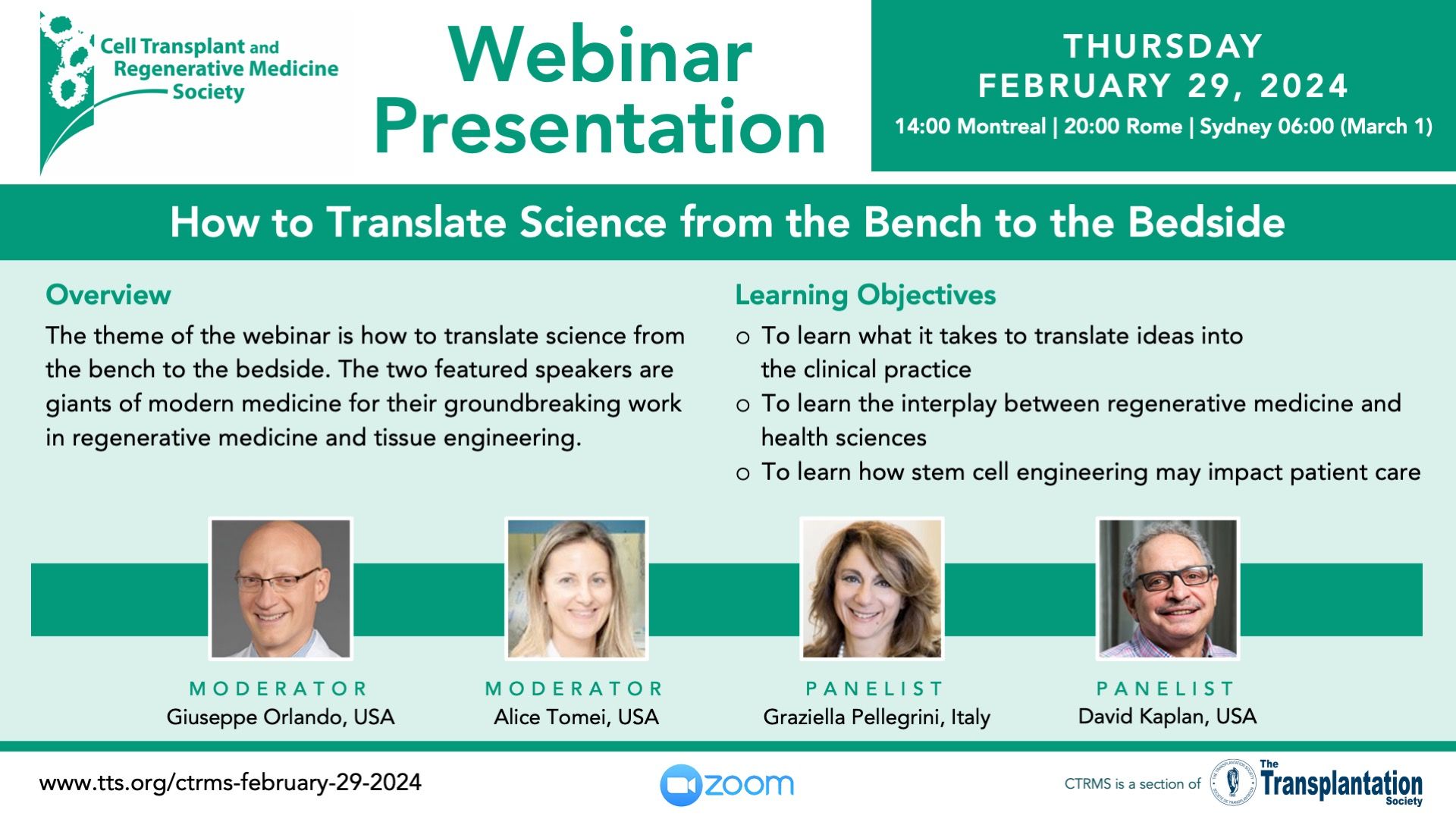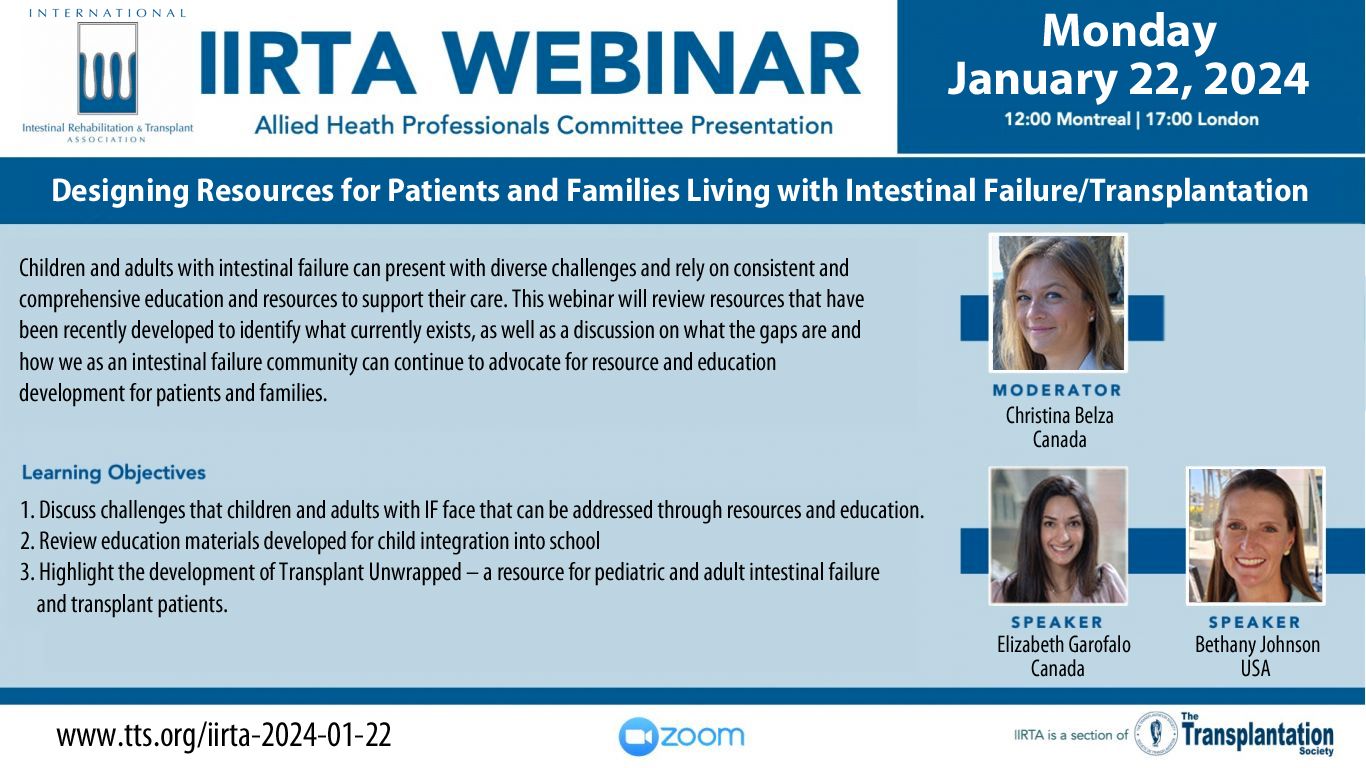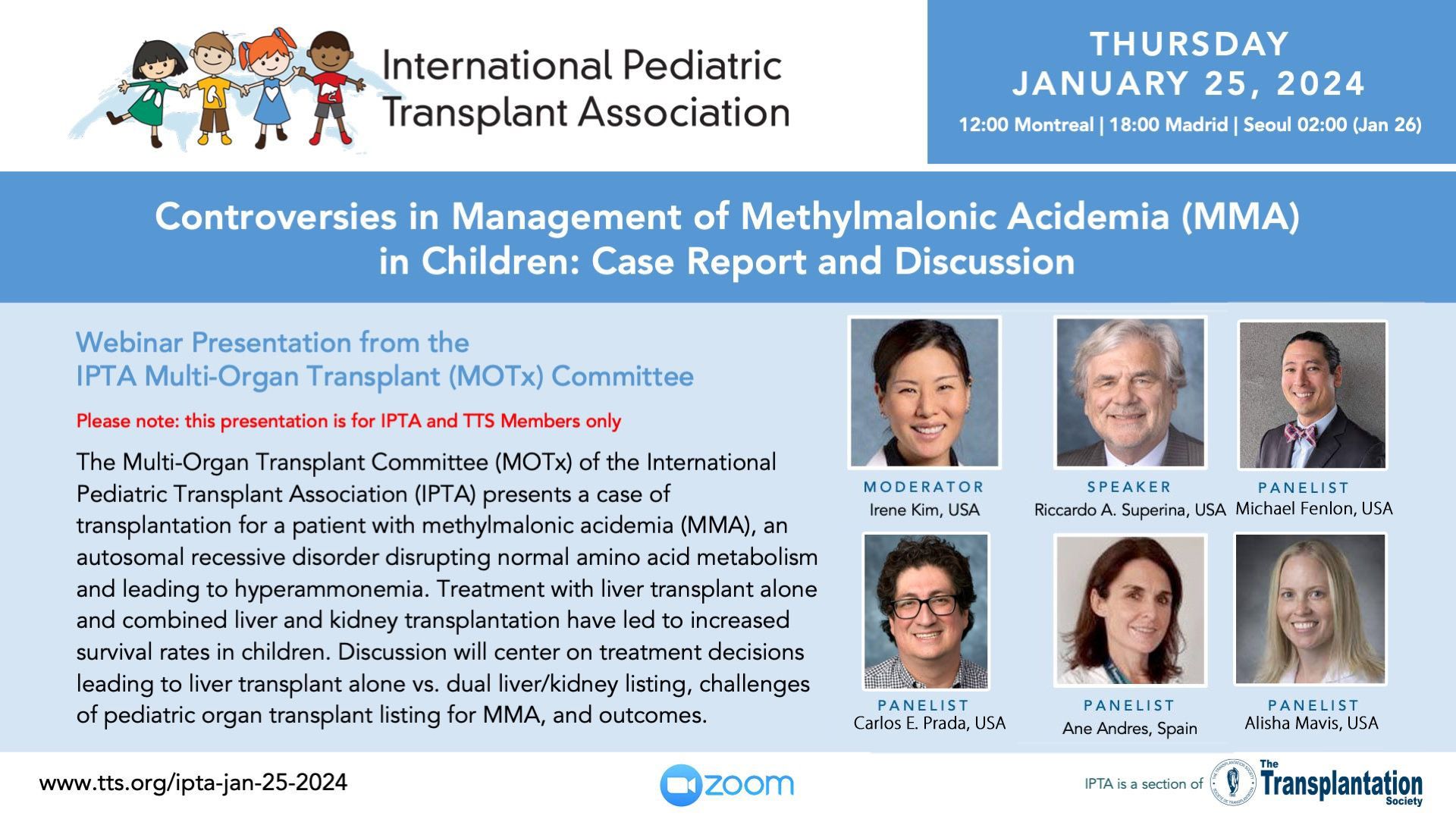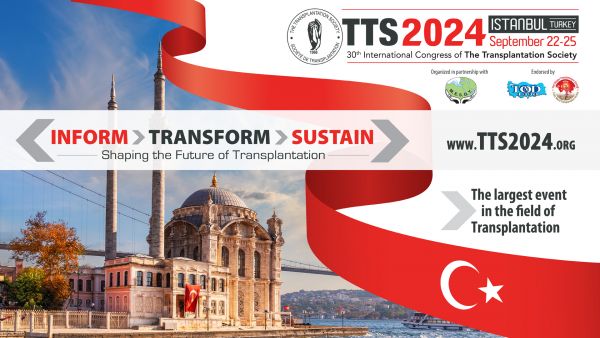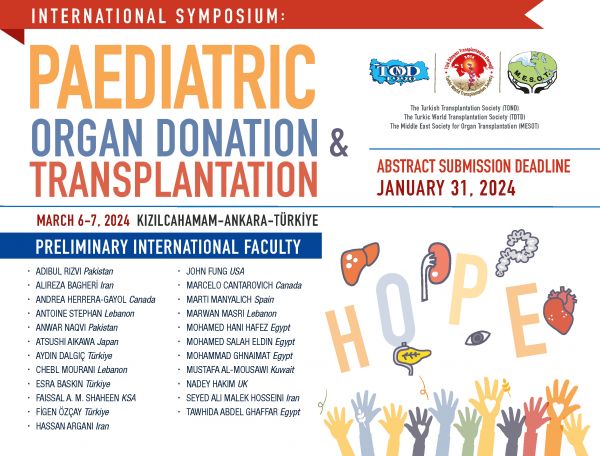
Just Released - Transplantation - February Issue
Around the World
Research Highlights
Game Changer
People in Transplantation
Meeting Report
Expert Insight
Commentaries
- Lessons From a Rare Randomized Controlled Trial of Immunosuppressant Management After Kidney Transplantation
- Partners in Crime: Inferring Cell-to-cell Interactions in Kidney Allograft Rejection From Single-cell RNA Sequencing
- Post-kidney Transplant Delirium: The Vulnerable Brain and Kidney Exposed—A Commentary on Ruck et al “Association of Postoperative Delirium With Incident Dementia and Graft Outcomes Among Kidney Transplant Recipients”
- What Can the Developing World (and Others) Learn From the Indian Experience in Crossing the ABO Blood Group Barrier in Kidney Transplantation
- Simultaneous Heart and Kidney Transplantation for LVAD-supported Patients With Chronic Kidney Disease?
- Thermo-ablation of Renal Allograft Tumors: Every Patient, and Every Nephron, Counts
Reviews
- Imlifidase Desensitization in HLA-incompatible Kidney Transplantation: Finding the Sweet Spot
- Outcomes of Kidney Transplantation in Patients That Underwent Bariatric Surgery: A Systematic Review and Meta-analysis
- The Long Road to Develop Custom-built Livers: Current Status of 3D Liver Bioprinting
- Revisiting the Use of Ulysses Contracts in Xenotransplantation
- Extracellular Vesicles in Transplantation: Friend or Foe
- T-B Collaboration in Autoimmunity, Infection, and Transplantation
- Current Advances in Graft-versus-host Disease After Intestinal Transplantation
- Telemedicine for Kidney Transplant Recipients: Current State, Advantages, and Barriers
Original Basic Science
- Sequencing of Physically Interacting Cells in Human Kidney Allograft Rejection to Infer Contact-dependent Immune Cell Transcription
- Multiomics Data Reveal the Important Role of ANXA2R in T Cell–mediated Rejection After Renal Transplantation
- Using Regression Equations to Enhance Interpretation of Histology Lesions of Kidney Transplant Rejection
Original Basic Science—Liver
- Hilar Anatomy in 3035 Living Liver Donors: A Novel Classification for Donor Surgery and Suitability, Hepatic Surgeries, and Hepatobiliary Interventions
- Three-dimensional Liver Model Application for Liver Transplantation
- Donor Diabetes and Steatosis Affects Recipient Survival Following Liver Transplantation Based on Etiology of Liver Cirrhosis
- Mismatched Postsurgical Opioid Prescription to Liver Transplant Patients: A Retrospective Cohort Study From a Single High-volume Transplant Center
- Brief PROMIS Assessment Screens for Frailty and Predicts Hospitalizations in Liver Transplant Candidates
- Decreased Utilization Rate of Grafts for Liver Transplantation After Implementation of Acuity Circle–based Allocation
- Prediction of Biliary Complications After Human Liver Transplantation Using Hyperspectral Imaging and Convolutional Neural Networks: A Proof-of-concept Study
Original Clinical Science—General
- Kidney Donation After Circulatory Death Using Thoracoabdominal Normothermic Regional Perfusion: The Largest Report of the United States Experience
- Survival After Simultaneous Heart-kidney Transplant in Recipients With a Durable LVAD and Chronic Kidney Disease: Effect of the 2018 Heart Allocation Policy Change
- Association of Postoperative Delirium With Incident Dementia and Graft Outcomes Among Kidney Transplant Recipients
- Feasibility of Interleukin-6 Receptor Blockade in Cardiac Antibody-mediated Rejection
- A Multicenter Retrospective Cohort Study on Management Protocols and Clinical Outcomes After ABO-incompatible Kidney Transplantation in India
- Comparison of 2 Immunosuppression Minimization Strategies in Kidney Transplantation: The ALLEGRO Trial
- Thermoablative Treatment of De Novo Tumor in Kidney Allograft
Letters to the Editor
In Memoriam - Arnold I. Caplan (1942-2024)
Back To The Future: Dr. Arnold I. Caplan
Dr. Caplan was born on January 5, 1942 in Chicago, earned his B.S. in Chemistry from the Illinois Institute of Technology and his Ph.D. from The Johns Hopkins University School of Medicine. He joined Case Western Reserve University in 1969, where he steadily rose through the academic ranks, becoming a Professor in 1981 and dedicating an impressive 54 years to the institution.
A pivotal moment in his career came with the isolation of human Mesenchymal Stem Cells (MSCs) from adult bone marrow, establishing the conceptual and technical foundation for subsequent global studies. In 1992, he founded Osiris Therapeutics, Inc., commercializing the technology, which later lead to numerous clinical trials worldwide.
Recognized as the father of both basic science and clinical therapeutics of adult Mesenchymal Stem Cells (MSC’s), Dr. Caplan discovered the innate ability of MSC's to modulate the immune system; inhibit both programmed cell death and scar formation; to stimulate blood-vessel formation; and to promote the growth of tissue-specific stem cells. His work has impacted studies and treatment of various human diseases ranging from Multiple Sclerosis and Osteoarthritis to spinal cord injuries to cancer.
Dr. Caplan's warmth and mentorship touched the lives of countless others he trained—shaping the lives of over 150 researchers with his intellect and guidance. His passion extended to sharing his expertise through influential courses, fostering scientific collaboration globally. Honored with many awards including The Marshall R. Urist Award; The Tissue Engineering and Regenerative Medicine International Society Lifetime Achievement Award; and the Case Western Reserve University Faculty Innovator Award. He has over 400 published papers and 20 patents. His contributions shaped the landscape of regenerative medicine.
Beyond the laboratory, Arnold was a devoted husband, father, grandfather, and friend, creating a legacy that extends far beyond scientific achievements. His love for cooking, walks, and deep, meaningful conversations (which often became debates) will be missed by many.
He leaves behind a tapestry of cherished memories, instilling values of love, wisdom, and warmth in the hearts of those who knew him.
Arnold I. Caplan is survived by his loving wife of 58 years, Bonnie, his two children Aaron (Tami) Caplan and Rachel (David) Uram and six wonderful grandchildren, Josh, Andrew, and Brian Caplan and Lyla, Sam, and Bella Uram and his brother Herbert (Barbara) Caplan. He lives on through the countless lives touched by his pioneering work and unending love for family and friends (adapted from Arnold Caplan Obituary - Cleveland Heights, OH).
For all of us in the field of MSC and regenerative medicine, Arnold remains a distinguished scientist, a mentor, and a pioneer, who left an indelible mark on the field and in our lives, during an amazing career that spanned over five decades, gifting us memories, mentorship and friendship.
Rest In Peace, my friend, you will be greatly missed, but never forgotten, and when MSC treatments will become standard of care, they will have your name written all over them.
TTS 2024 - Awards and Abstracts
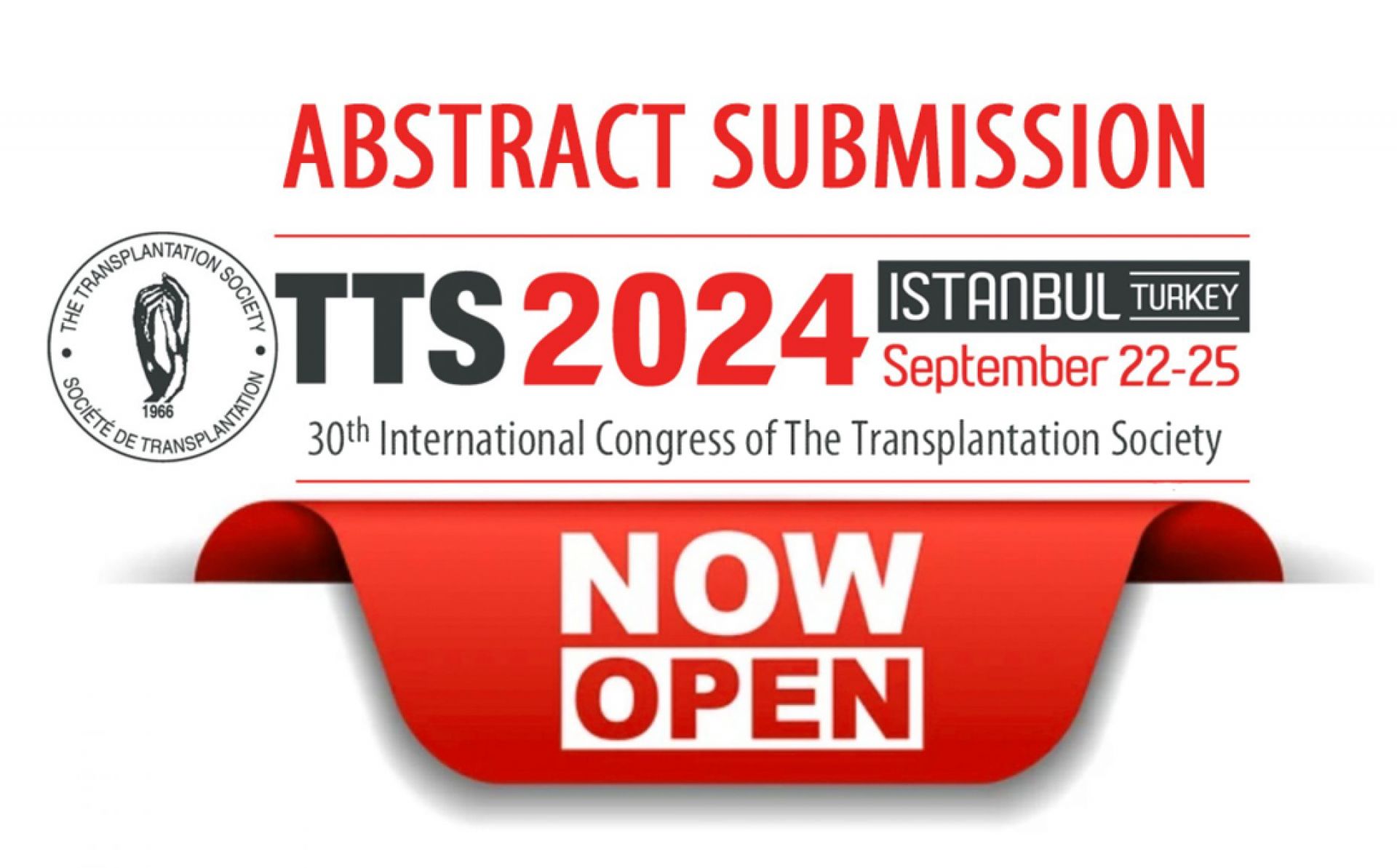
Submitting an abstract to the TTS 2024 Congress offers a platform to showcase groundbreaking research, connect with global experts, and contribute to advancements in transplantation medicine, fostering collaboration and influencing the field's future direction.
Submission Deadline: March 18, 2024.
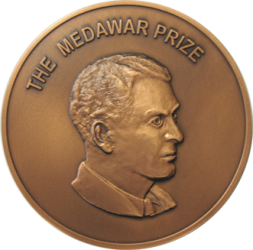
The Medawar Prize
Application Deadline: March 18, 2024.


TTS Thomas Starzl Innovation Award
Application Deadline: March 18, 2024.
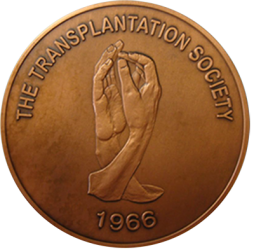
TTS Recognition Awards
Application Deadline: March 18, 2024.
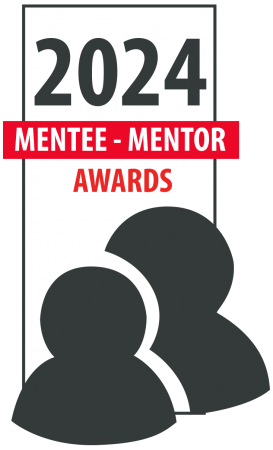
2024 Mentee-Mentor Awards
TTS-ISOT La Renon International Basic and clinical sciences Mentee-Mentor Awards

Award Application Deadline: April 26, 2024
In Case You Missed It...Recent Recordings
Women in Transplantation 2024 Research Grants

Requests for applications are open for the WIT 2024-2026 Research Fellowship Grants for Research in Gender and Sex in Transplantation.
TTS Call for Nominations

We are now accepting nominations for three (3) Officer positions and nine (9) Councilors-at-large positions representing the Regions. The nomination deadline is February 14, 2024.
Contact
Address
The Transplantation Society
International Headquarters
740 Notre-Dame Ouest
Suite 1245
Montréal, QC, H3C 3X6
Canada
Используйте Вавада казино для игры с бонусом — активируйте промокод и начните выигрывать уже сегодня!

